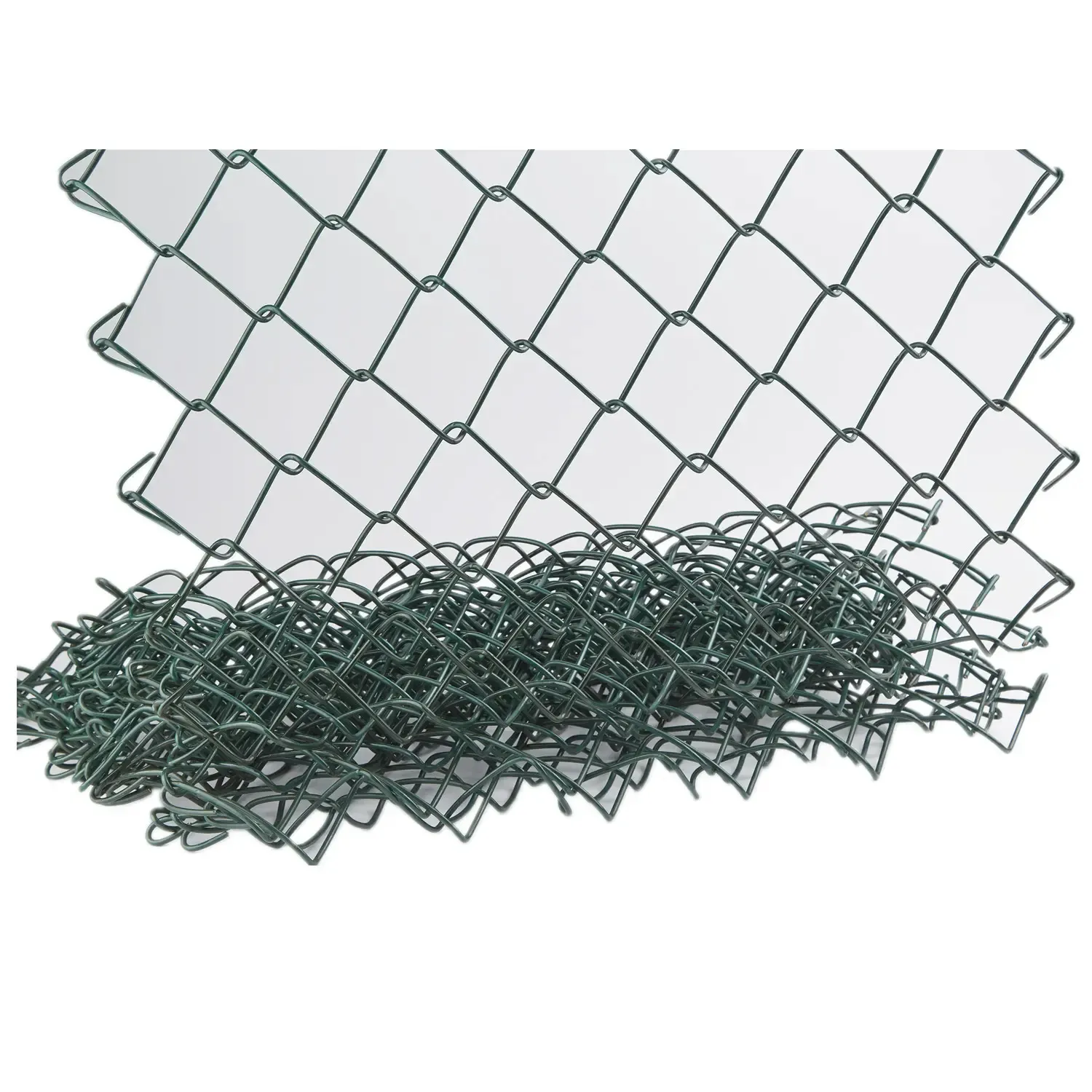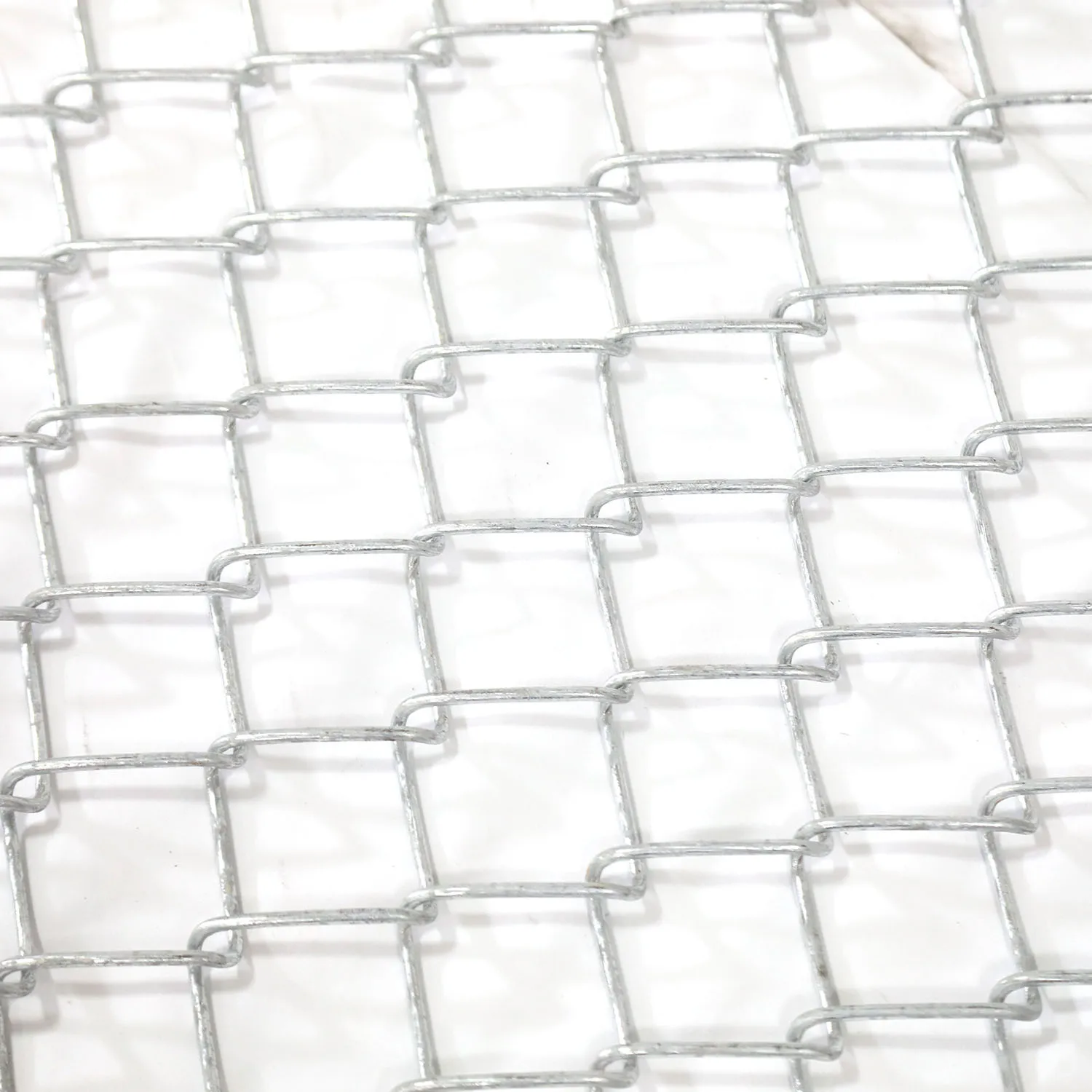Jan . 29, 2025 03:35 Back to list
serrated steel grating


A true testament to the trustworthiness of galvanized serrated bar grating is their widespread use across various sectors—ranging from industrial facilities to architectural highlights. One notable example includes their installation in urban infrastructure projects, where pedestrian safety is paramount. Here, the gratings not only function as a security measure but also enhance the aesthetic appeal of public spaces, demonstrating a balance between functionality and design. To maximize the performance and lifespan of galvanized serrated bar grating, maintenance practices should be implemented consistently. Regular inspections for surface buildup of debris or dirt can prevent blockages that may affect drainage or corrosion resistance. With proper care, the lifecycle of these gratings can be extended, ensuring continued effectiveness and safety for years. Overall, galvanized serrated bar grating offers a reliable solution for many industries, combining the critical factors of safety, durability, and resilience. As more sectors recognize the value of integrating such robust materials, the demand for high-quality, expertly crafted grating continues to grow. Experts in the field consistently emphasize the importance of understanding both the material properties and the specific environmental conditions to make informed decisions regarding grating selection and application.
Latest News
-
Brick Mesh Wall Solutions | Enhanced by GPT-4 Turbo Design
NewsAug.01,2025
-
Premium Anti-Climb Fence Spikes for Sale
NewsAug.01,2025
-
Premium Peach Post Fence | Durable & Stylish Security
NewsJul.31,2025
-
Best Galvanized Grating Price - Durable Galvanized Steel Grating Solutions
NewsJul.30,2025
-
0.5-4.0mm Wire 2×2 4×4 8×8 Hot Dipped Galvanized Welded Mesh Roll
NewsJul.30,2025
-
Metal Fence Pickets for Sale – Durable Galvanized & Steel Options
NewsJul.29,2025
Our company owns has excellent CAD steel grating drawing designers, who can provide customers with perfect steel grating layout design and better meet customers' special requirements for products. We have been adhering to it the business tenet of "quality first, customer first", with high-quality products, reasonable prices, and the fastest delivery time, we wholeheartedly provide customers with a full range of services! Welcome new and old customers to cooperate sincerely and create brilliance together!
Contact Us
WELCOME TO OUR COMPANY!
Thank you for your interest in our services! If you have any questions or wousld like to book a service, please don’t hesitate to contact us. Our team is dedicated to providing you with the highest level of service and support, and we are committed to working with you to make your event a success.

Service Email

Service Phone
Product Center
Contact Us
- Phone: +86 +86 15733154345
- E-mail: sales@chengsenchina.com
- Address: B1213 GLOBAL CENTER, NO.226 ZHONGHUA NORTH STREET, SHIJIAHUANG, CHINA


























